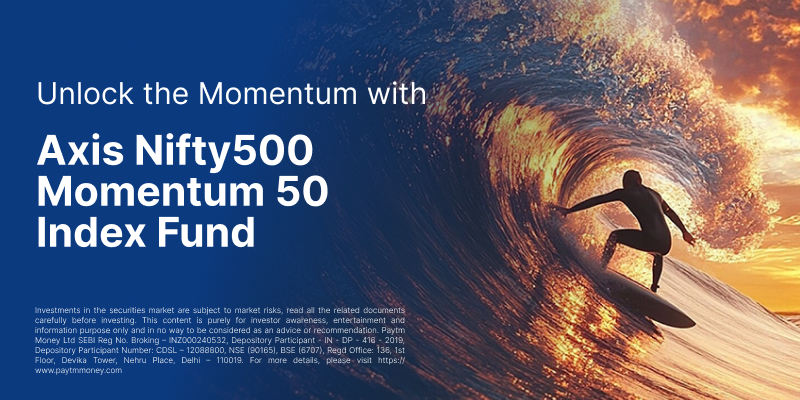Credit Ratings and Its Impact On Your Debt Mutual Funds5 min read
Rating agencies are important participants in the world of finance and investing. A slew of decisions related to investments, loans, etc., are hinged on the ratings they assign after assimilating and assessing the financial data and qualitative aspects of the subject company.
There are about seven credit rating agencies in India with SEBI currently, namely CRISIL, India Ratings & Research (formerly known as Fitch Ratings India), ICRA, CARE, SMERA, Ratings, Brickwork Ratings India, and Infomerics Valuation and Rating.
Every rating agency has its own rating conventions, methodology, and rating codes. Typically, the ratings assigned could: Aaa/AAA (Highest Quality / Minimal Risk), Aa1/AA+, Aa2/AA, Aa3/AA- (High quality/ Very low Credit Risk) A1/A+, A2/A, A3/A- (Upper Medium Grade/low credit risk), Baa1/BBB+, Baa2/BBB, BBB-/BBB3 (medium grade/Moderate credit risk) Ba1/BB+, Ba2/BB, Ba3/BB- (non-investment grade), B+, B1, B, B2, B-, B3 (high speculative grade or Junk bonds), C (which denoted substantial risk/Default), and D (which means, in Default).
The rating assigned to a subject company issuing debt security(s), i.e. borrowing, gives an understanding of its ‘creditworthiness’. Generally, the higher the credit rating, the higher the creditworthiness w.r.t timely repayment of the debt, and lower the risk of default
But keep in mind rating is dynamic (changes based on a host of macro and micro factors impacting the subject company). In other words, the ascribed rating could be subject to revision –– upward or downward.
An upward revision bodes well for investors, as it positively influences the investor sentiments of the subject company.
On the other hand, a downward revision in credit rating, due to certain adverse observations the rating agency made, weighs negatively on the investor sentiments and heightens the investment risk. You need to be attentive to a downward revision in the credit rating of a subject company when investing in bonds, debentures, corporate deposits, or the debt mutual funds.
Credit Risk Is Increasing
Since the September 2018 IL&FS fallout, there have been some occasions where investors witnessed downward revisions and defaults by the companies to repay the debt leading to the erosion in the wealth of investors. Since the time the capital market regulator permitted mutual funds to create provisions of side-pockets, some of the mutual fund schemes have done the side pocketing. Currently, the impact of the COVID-19 pandemic is seeping into the cracks of India’s credit risk environment.
Hence, do note that the earlier ascribed credit ratings could potentially be re-rated –– may be downward in some cases. Generally, lower-rated debt papers have a higher chance of rating downgrade. Also, debt papers that command ‘AAA’ rating today may be downgraded in time to come causing a credit risk contagion.
If the quality of debt instruments (bonds, debenture, corporate deposits, etc.) or underlying instruments of debt mutual funds held in your portfolio are not up to the mark, it could hurt you.
Thus, when investing in debt instruments, including debt mutual funds; tread through very carefully and be on the lookout for the red flags. Keep your eyes wide open and watch out for rating downgrades of instruments held in the mutual fund schemes
Which Type Of Debt Mutual Funds To Consider?
Debt mutual funds hold a variety of debt papers––across issuers, maturity profile, and ratings. An amplified credit risk environment heightens the risk of investing in certain sub-categories of debt mutual fund schemes.
It would be imprudent to invest in debt mutual funds whose underlying portfolios are compromised with low rated papers of private issuers.
So just because the interest rates on bank fixed deposits have gone down, do not invest in any debt mutual funds.
Choose your sub-category of debt funds and the scheme therein very thoughtfully. Take into consideration your risk appetite, investment time horizon, and scheme-related factors, such as:
- The sub-category of debt fund
- The investment mandate of the scheme
- The portfolio characteristics of the schemes (the quality of debt papers it holds)
- The average maturity profile
- The corpus & expense ratio of the scheme
- The rolling returns
- The risk ratios
- The interest rate cycle
- The investment processes & systems at the fund house
Given that credit risk may have amplified, you may even avoid Credit Risk Funds. Instead, you may choose schemes where the majority of holdings in the portfolio are in Government securities and/or PSU debt papers. For example, Banking & PSU Debt Funds that hold 85% to 90% of its assets in instruments issued by major Banks and PSUs. Likewise, a Dynamic Bond Fund, which invests only in government securities and a few selected PSUs.
You need to choose safety over returns. In the current scenario — where interest rates seem almost bottomed out — you would do better going with a Liquid Fund that does not have exposure to private issuers and invests in Government Securities, Treasury Bills and AAA/A1+ rated Public Sector Undertakings (PSUs) with a maturity of up to 91 days.
It might be wise to distance yourself from other categories of debt mutual funds, particularly those holding a predominant portion in debt papers issued by private issuers and low-rated instruments. Similarly, taking exposure to the longer end of the yield curve could prove less rewarding and riskier.
Remember, when investing in debt funds prioritize safety and Liquidity over Returns.
Happy Investing!
Author: Mr. Chirag Mehta – Senior Fund Manager, Alternative Investments, Quantum Mutual Funds
Ranked as the 4th best Fund Manager by Citywire in 2017; Mr. Mehta specializes in the field of alternative Investment Strategies and holds more than 15 years of experience in managing commodities.




